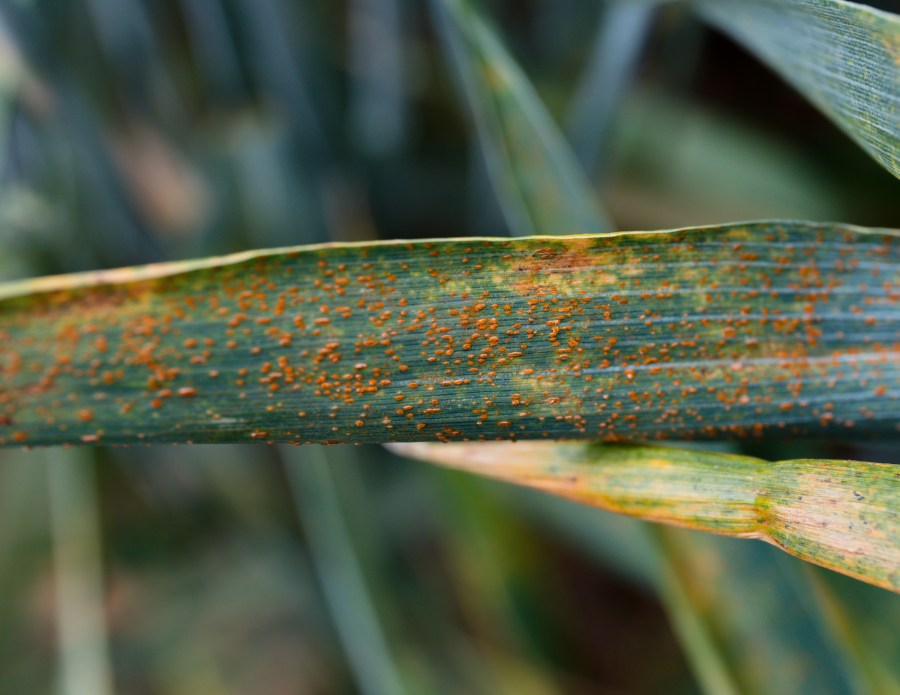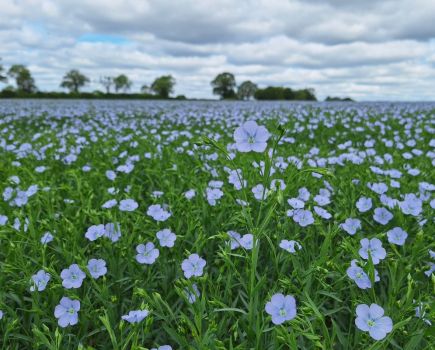Growers and agronomists are being asked to contribute to a brown rust virulence survey by sending in samples.
The work is part of the UK cereal pathogen virulence survey (UKCPVS) and follows a suspected shift in the population.
AICC president and NIAB agronomist Patrick Stephenson says the disease is an Achilles heel of many popular UK wheat varieties. In fact, brown rust is now being found in hard Group 4 variety Theodore, despite boasting a resistance score of 8.
Climatic conditions
Patrick explains warm conditions have encouraged geographical spread and high levels of late season brown rust are being found much further north as a result.
Now, the UKCPVS requires samples in order to conduct the work. “Only 13 samples have been received so far,” says Patrick. “Please, if you find brown rust, send in a sample so we can have a better handle on what’s going on. There’s certainly something happening out there,” he warns.
While UKCPVS pathologists require disease samples from varieties with high resistance ratings, samples from susceptible varieties are also important as they offer insight into population diversity.
Vital engagement
AICC chairman and Prime Agriculture agronomist Andrew Blazey hopes AICC members and the wider industry will engage with pathogen, weed, and pest monitoring initiatives such as UKCPVS.
He explains providing samples for researchers investigating how diseases behave on cereal varieties, the herbicide resistance status of grassweeds, or insecticide resistance status of key pests such as cereal aphids, are critical.
“It doesn’t take much time to take a sample post it. The results ensure advisers and growers have the most up to date information on managing some of these challenges in UK crops.”
Be involved
When taking brown rust, yellow rust or mildew samples in the field, growers and agronomists should take infected leaves and wrap them in tissue paper, before placing in an envelope and sending to FREEPOST UKCPVS with a completed sample form.
For more information, visit the NIAB website.




